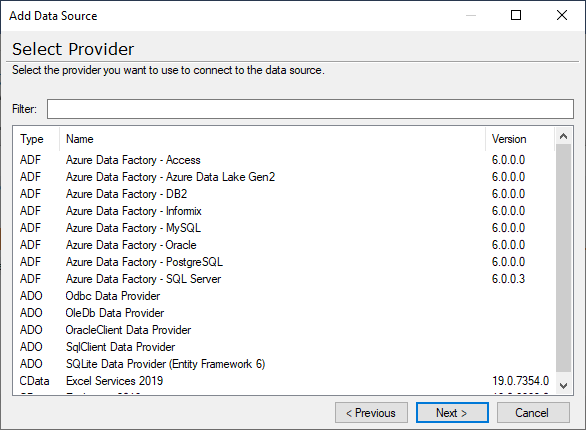2 min read
TimeXtender Excels at Connecting and Integrating Multiple Data Sources
Written by: TimeXtender - June 17, 2020

One of the most important tasks that a company considers when modernizing their data estate is how to connect all of its data sources.
Data sources contain the data that you want to load into your data warehouse and use for analysis. A data source connector connects to the source and enables you to browse the content of the source.
TimeXtender is built to connect to almost all of your data sources fast and easy.
Take for example this success story with Lansing, the capital of Michigan. When the city wanted a data management solution to combine and unify its data sources into one consolidated location, while also having a technology that was future-proof, it chose TimeXtender.
For Lansing, having data stored and spread out across various siloed data sources, caused keeping track of data quite challenging; for instance, gathering crime data for everyday police work from disparate data sources.
Using TimeXtender, the city was able to integrate all of its numerous data sources to create a single, trusted, modern data estate. This capability allowed law enforcement organizations to have faster, more accurate insights into criminal activity data, improved operational efficiencies, and substantially reduced manual data entry.
Or, consider the case of PetrolValves, a leading manufacturer of valves and actuators for the oil and gas industry. After the organization acquired and merged with several new companies, it needed to find a way to present company-wide data to allow for fast and credible, real-time analysis. To do so, the company turned to TimeXtender.
“We had been limited to a single data discovery tool getting data directly from the ERP,” said Davide Soliani, Head of ICT, PetrolValves. “Now we are free to use parallel discovery tools getting certified data from a centralized data platform. This also allows us to progressively include new data sources without exponentially increasing the complexity of the architecture.”
The ODX Server can connect to data sources through five types of data providers:
- Azure Data Factory: TimeXtender’s ADF providers can auto-generate Azure Data Factory pipelines to load data from many common on-premise or cloud based systems making it easily to offload massive amounts of data into a cloud based data estate, while keeping it in sync.
- Cloud application API Connectors: TimeXtender includes over 150 data providers for connecting to specific SaaS applications such as Salesforce, Google Analytics, Facebook, and YouTube.
- Generic API & File Connectors: Data stored in files or APIs? No problem. TimeXtender makes accessing this data easier than ever. Connect directly to any REST API with just a few data points. Alternatively, you can connect to JSON, XML, CSV or Excel documents.
- Cloud or On-Premises Databases: TimeXtender has connectors for nearly any type of database on the planet such as Snowflake, SQL, Synapse, Amazon Redshift, Google BigQuery, Oracle, DB2, Access and more.
- Bring Your Own Driver (BYOD):Any 3rd party OleDB or ODBC providers installed on the system will be easily selectable in the list of TimeXtender’s supported providers.
- Custom Data Source: TimeXtender includes many custom developed ADO.net providers making it easier to connect to common systems such as SQL or SAP.

DATA EXTRACTION
TimeXtender makes it super easy to maintain connections to hundreds of data sources. Using the “Data Source Wizard” users can choose from 200+ data sources, enter their credentials and immediately begin the synchronization.
Once the connection is established, simply add a task to define what tables to load into data lake and define a schedule for incremental refreshes. From there, you can filter out specific fields, rows, or even override problematic data types.
For even more customizability users can write custom queries to access their source data. TimeXtender uses our integrated connectors to pass custom written T-SQL directly into the REST API of specific SaaS applications, making custom queries easier than ever.
Once all is configured, TimeXtender will continue to refresh this data, loading it incrementally on a regular basis into your newly created Data Lake. This connection is then made available to all TimeXtender users, to once again extract out of the lake directly into the Modern Data Warehouse with a simple drag and drop.

